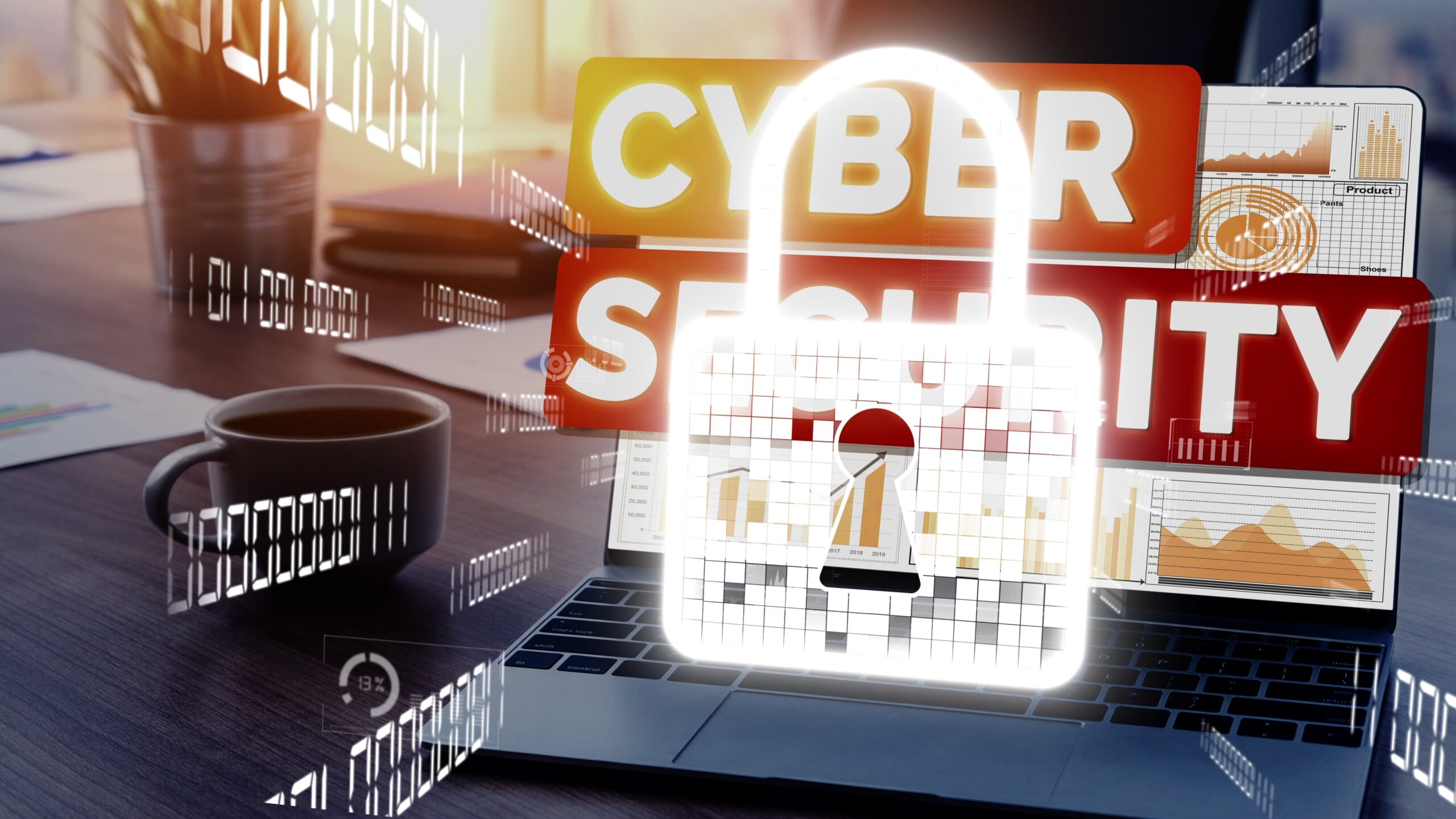As a mid-market business or small to medium enterprise in the Asia Pacific region, businesses operate in an increasingly perilous cyber landscape. Criminals prey on weaker cyber defenses, and the sophistication of attacks grows by the day. To bolster protection, industry leaders and government agencies advocate partnerships with cybersecurity firms and Security Operations Centers. Consolidating vendors helps too. But the risks won’t disappear overnight. Operating in this climate demands vigilance, investment, and a cyber-savvy culture across your organization. The stakes couldn’t be higher. Arm yourself with knowledge and take action before disaster strikes.
The Rising Threat of Cyber Attacks on Mid-Market and SMEs
Increased Targeting of Mid-Market and SMEs
- You operate in an environment where cybercriminals increasingly target mid-market and small-to-medium-sized enterprises (SMEs) due to their typically less robust cyber defenses compared to larger organizations. Verizon’s Data Breach Investigations Report found that nearly half of data breaches impact SMEs. As digital transformation accelerates, more sensitive data and critical systems are connected, expanding the attack surface for threat actors.
Consequences of Successful Cyber Attacks
- The consequences of cyber attacks on mid-market and SMEs can be devastating. Beyond financial losses, cyber attacks can damage customer trust and brand reputation, halt operations, and lead to legal and regulatory penalties. The survival of SMEs and mid-market companies is especially at risk given their more limited resources to recover from such incidents.
Recommended Strategies
- To strengthen your cybersecurity posture, consider consolidating security solutions to reduce complexity, and leveraging extended Security Operations Center support. Government programs offering cyber risk assessments, education, and funding to improve defenses should also be explored. Partnerships with cybersecurity firms that specialize in mid-market and SMEs can help bridge expertise and resource gaps. Multi-factor authentication, data encryption, employee training, and regular system audits are other recommended best practices.
With increasing threats and potentially business-ending impacts, mid-market and SMEs must make cybersecurity a priority. Adopting a risk-based approach tailored to your operating environment and resources will help safeguard your organization’s data, systems, and future success. Continuous assessment and improvement of defenses are key given the evolving nature of cyber threats. Government and industry resources can aid mid-market and SMEs in developing cybersecurity programs that match the sophistication of threat actors targeting them.
Why Mid-Market and SMEs Are More Vulnerable to Cybersecurity Breaches
As a mid-market or small and medium-sized enterprise (SME), your organization is an attractive target for cybercriminals. You likely have valuable data and fewer resources to dedicate to cybersecurity compared to larger enterprises. This makes you more vulnerable to attacks like phishing, ransomware, and data breaches.
Limited cybersecurity expertise and budget
- Mid-market and SMEs typically have limited budgets and personnel to focus on cybersecurity. You may lack dedicated security staff and struggle to keep up with the latest threats. Outdated technology and unpatched systems create opportunities for hackers to gain access. With constrained resources, SMEs often cannot afford advanced security solutions, relying instead on basic antivirus and firewalls which provide limited protection.
Heavy reliance on third-parties
- Mid-market and SMEs frequently work with contractors, vendors, and partners who connect to their systems and data. However, you likely have little visibility into these third parties’ cybersecurity practices. If their defenses are compromised, your organization is also at risk. Cybercriminals often target third parties as an entry point to midmarket and SME networks.
Valuable data without strong safeguards
- Although mid-market and SMEs may have less data than major enterprises, you still possess sensitive information like customer records, financials, intellectual property, and employee details. Unfortunately, this data is frequently less protected. Weak passwords, lack of multi-factor authentication, and limited access controls provide opportunities for hackers to access and steal information.
To improve your cybersecurity posture, mid-market and SMEs should make cybersecurity a priority, allocate more resources to defense, and consider partnering with managed security service providers. With vigilance and the right safeguards in place, you can better protect your organization from cyber threats.
Government and Industry Initiatives to Strengthen Cybersecurity for Mid-Market and SMEs
Security Operations Center Support
- Governments and cybersecurity firms have advocated for SMEs to utilize extended Security Operations Center (SOC) services to monitor networks, detect threats, and respond to incidents. SOCs are staffed by cybersecurity experts and utilize advanced tools to protect organizations that may lack robust in-house cyber defenses. For example, Australia’s voluntary cyber health check program provides SMEs with free assessments of their cybersecurity posture and recommendations for improvement, including guidance on procuring SOC services.
Public-Private Partnerships
- Industry leaders and policymakers have called for increased public-private partnerships to boost the cybersecurity of SMEs and mid-market companies. Government funding and coordination with cybersecurity vendors can help make advanced solutions more accessible and affordable for smaller businesses. For instance, the Australian government’s Cyber Security Small Business Program allocates grants for SMEs to procure cybersecurity services and training. Partnerships with vendors also allow SMEs to leverage pre-negotiated government contracts to reduce costs.
Consolidating Security Solutions
- SMEs can strengthen their cybersecurity by consolidating security solutions from multiple vendors into a unified platform. This streamlines management and reduces complexity, allowing smaller IT teams to focus on the highest-priority risks. Integrated platforms also facilitate information sharing across solutions, enabling more robust monitoring and threat detection. However, SMEs must ensure consolidated platforms still provide sufficient depth of defense as their needs evolve.
While SMEs remain vulnerable targets, collaborative efforts by governments and industry can help expand their access to advanced cyber protections. By taking advantage of available resources and streamlining their security architectures, SMEs and mid-market companies can strengthen their cyber defenses despite typically limited resources. Ongoing education and advocacy are still required, but initiatives aimed at enabling security partnerships and affordability are steps towards a more cyber-resilient small business sector.
Best Practices for Mid-Market and SMEs to Improve Cybersecurity
Prioritize Awareness and Training
- Educating employees about cyber risks and security best practices should be a top priority for mid-market and SME leadership. Conducting regular cybersecurity awareness and training programs helps ensure staff understand the importance of vigilance and their role in the organization’s security posture. Focus areas should include phishing email identification, password hygiene, and reporting suspicious activity.
Partner With a Managed Security Services Provider
- Few mid-market and SMEs have the internal resources to implement and manage comprehensive security monitoring and response capabilities. Partnering with a managed security services provider (MSSP) that offers 24/7 monitoring and response services helps fill this gap. MSSPs can detect and respond to threats quickly, taking a significant burden off internal teams. They also provide access to a wider range of security expertise and technologies than most mid-market and SMEs can develop internally.
Consolidate and Centralize Security Tools
- Mid-market and SMEs often deploy a patchwork of security tools from different vendors over time as needs arise and budgets allow. This fragmented approach reduces visibility, hinders threat detection and response, and strains limited resources. Consolidating tools from a single vendor or centralizing management using a security orchestration and automation platform improves operational efficiency and security effectiveness.
Implement Multi-Factor Authentication
- Requiring multiple authentication factors, such as usernames and passwords combined with security keys or one-time codes sent via SMS text message or mobile app, helps prevent unauthorized access. Multi-factor authentication adds an extra layer of protection for remotely accessing networks, cloud applications, and other systems. While not a panacea, it significantly reduces the risk of compromised credentials being used to gain access.
Review and Test Incident Response Plans Regularly
- Having a documented incident response plan is critical, but the plan must also be tested and updated regularly to remain effective. Tabletop exercises that simulate different types of security incidents are an excellent way for teams to practice response procedures, identify gaps, and make improvements. Reviewing and revising the incident response plan at least annually helps ensure it stays relevant and aligned with organizational changes and the evolving threat landscape.
FAQs on Cybersecurity in the Mid-Market and SMEs

What are the common cyber threats targeting SMEs and mid-market companies?
- SMEs and mid-market businesses are frequently targeted by cybercriminals deploying phishing emails, malware, and ransomware. Phishing emails aim to trick employees into clicking malicious links or downloading infected attachments. Malware like trojans, viruses, and keyloggers are used to steal data, disrupt systems, and gain unauthorized access. Ransomware encrypts data and systems, demanding payment to decrypt them.
Why are SMEs and mid-market companies vulnerable to these threats?
- These organizations typically have limited IT and cybersecurity resources. They may lack robust cyber defenses, ongoing monitoring, and incident response plans. Employees also tend to be less cyber-aware, increasing the risk of successful phishing or social engineering attacks. The sensitive data and access to funds or systems make these businesses attractive targets.
What steps can SMEs and mid-market companies take to strengthen their cybersecurity?
- To reduce cyber risks, these organizations should focus on raising employee awareness of common threats through regular training. They need to implement essential controls like antivirus software, firewalls, and two-factor authentication. Backing up critical systems and data in case of an attack is also important. Partnerships with managed security services providers can help monitor networks, detect threats early, and respond rapidly. Government programs may provide co-funding or subsidized access to cybersecurity health checks and expertise.
How can SMEs and mid-market companies take a risk-based approach to cybersecurity?
- A risk-based approach means prioritizing defenses based on the sensitivity and value of data and systems. This helps optimize limited resources. Actions like classifying data by sensitivity, assessing existing controls, and evaluating third-party risks should be undertaken first. Multi-factor authentication and monitoring may focus on access to the most critical data or systems. Partnerships could provide intensive support for the most vulnerable areas of the business. Risk assessments repeated regularly help review priorities and investments as the threat landscape evolves.
A risk-based model supported by strategic actions and partnerships is the most pragmatic path to cyber resilience for resource-constrained SMEs and mid-market businesses. With vigilance and commitment to continual improvement, these organizations can substantially strengthen their cybersecurity posture over time.
Keeping It Short
You play a vital role in improving the cyber resilience of your organization. By partnering with a trusted cybersecurity provider, implementing best practices, and availing government assistance programs, you can position your company for success while protecting it from growing cyber threats. Though cybersecurity demands time and resources, it is an investment that pays dividends in risk reduction and peace of mind. With proper preparation, SMEs and mid-market companies can thrive in today’s digital economy despite intensifying cyber risks. The future of your business may depend on the cybersecurity decisions you make today.
More Stories
Proofpoint Acquires Hornetsecurity to Strengthen Microsoft 365 Security for SMBs
Proofpoint has announced the acquisition of Hornetsecurity to strengthen cybersecurity for small and medium-sized businesses (SMBs). Hornetsecurity is a leading European provider of AI-driven Microsoft 365 security solutions.
JFrog and NVIDIA Forge a Secure Path for Enterprise AI
In the ever-evolving landscape of artificial intelligence, securing and scaling enterprise deployments is now a top priority. JFrog and NVIDIA...
Smishing Triad: The Global Fraud Syndicate Exploiting iMessage and Postal Scams
The Smishing Triad stands out as a powerful force in global fraud operations by executing postal scams with meticulous planning.
CrowdStrike Unifies Cybersecurity: Strengthening Data Protection Across Endpoint, Cloud, and SaaS
CrowdStrike focus on data protection, exposure management, and IT automation enables a unified solution that simplifies your security infrastructure.
Microsoft Unites with Global Anti-Scam Alliance to Strengthen Global Cybersecurity
Microsoft made a bold move by partnering with the Global Anti-Scam Alliance (GASA). This partnership, announced on May 5, 2025, aims to strengthen global cybersecurity efforts.
Fortifying Virtual Frontiers: CrowdStrike Integrates Falcon Cloud Security with VMware
With CrowdStrike’s Falcon Cloud Security integrated strategically with VMware, enterprises can significantly strengthen their defenses. This powerful collaboration bridges physical and virtual infrastructures.


